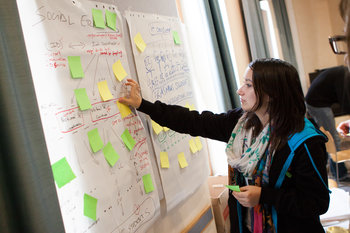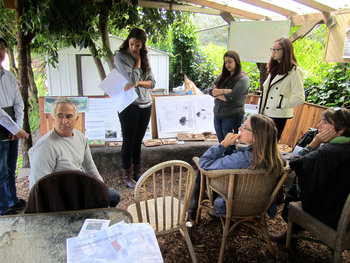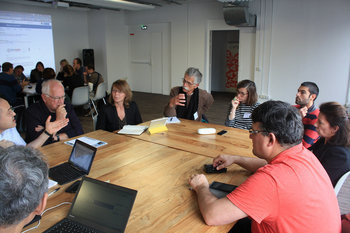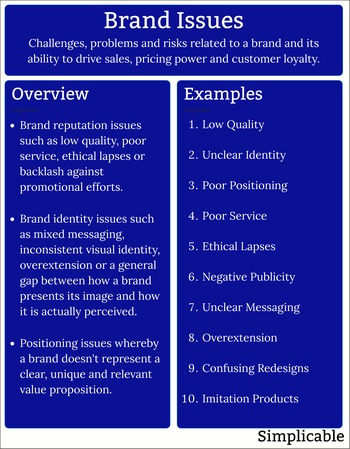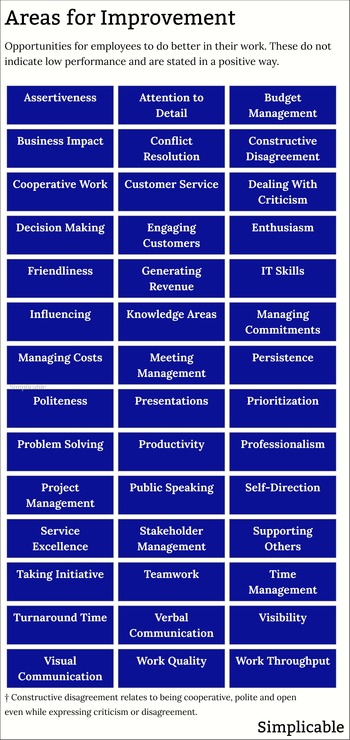
Goals
A goal is an aim or target result. Defining your goals is considered a starting point for business planning and decision making.Information Visualization
Visualization of information is a cognitive tool that can be used to support decision making. Visualization can be a human activity such as drawing a picture or can be supported by tools such as analytics.Statistical Analysis
The use of probability distributions to solve problems or make predictions.Decision Support System
An information tool designed to support decisions for a particular business domain or set of activities. Provides relevant information at the time that a decision is made.Decision Mapping
Decision mapping is the visualization of a decision that usually resembles a tree-like structure that illustrates your options.Decision Modelling
Modeling decisions using logic or patterns to improve decision making. In some cases, decision modelling is used to fully or partially automate decisions.Forecasting
Forecasting is the process of making future predictions based on analysis of past data and trends using informal techniques such as educated guesses or formal methods such as statistical analysis.Collective Intelligence
A general term for generating, evaluating and combining the ideas of a group. Collective intelligence draws on the diverse knowledge of a team to solve problems.Brainstorming
A group creativity technique designed to allow ideas to flow out without fear of criticism.Gamestorming
Gamestorming is a type of serious game that is designed to facilitate business results such as making a decision, solving a problem or developing a strategy.Argument
Argument is a way to challenge and compare ideas that takes the form of a lively conversation. An argument can also be a formal written statement to present the rationale for a proposal.Devils Advocate
The act of championing an idea that you don't support for the purposes of argument. The term Devil's Advocate is particularly associated unpopular ideas that have few supporters but warrant discussion nonetheless.Convergent Thinking
Convergent thinking is the process of determining the correct answer to a problem. It is often contrasted with divergent thinking.Divergent Thinking
The process of thinking creatively by challenging existing assumptions and contemplating unexplored avenues of thought.Think Aloud
Think aloud is a process that asks participants to say what they are thinking without filtering their thoughts. It is designed to discover intuitive thoughts and feelings that may have value.Thought Experiment
A hypothesis, story or procedure that is invented in order to examine its consequences.Critical Thinking
A disciplined, systematic analysis of evidence that arrives at an opinion, judgement or critique.Rational Thought
Rational thought is a thought process that combines logic and non-logical factors such as emotion, imagination, culture, language and social conventions.Decision Balance Sheet
Representing the pros and cons of a decision in a two column table.Opportunity Costs
A few examples of opportunity cost.Decision Tree
A decision tree is a representation of the options available in a decision making scenario.Satisficing
Satisficing is a decision making technique that selects the first option that can be found that meets a minimum requirement. It is often contrasted with optimization that seeks to maximize benefits. Satisficing tends to lead to fast decisions as you choose the first option that you consider good enough.Consensus
Consensus is the process of seeking a decision that everyone involved can support. It tends to produce sub-optimal decisions but has value as a way of building support. Consensus is commonly used in diplomacy and situations in which power to implement decisions is distributed.Prioritization
Prioritization is the ranking of things according to your goals. Anything that demands your resources can be prioritized including strategies, projects, tasks, investments and customers.Strategic Dominance
Strategic dominance is a choice that is your best option no matter what your competition may do. The term stems from game theory and denotes a decision that's unambiguously your best move.Flipping A Coin
Flipping a coin is a well known technique that finalizes a decision with the random result of a coin toss. It's used to make a decision when a more complex decision making process is unlikely to improve decision quality. This occurs when choices are too close to call or when limited data is available. It can also be used to resolve disputes as a lightweight but random form of arbitration.Pareto Analysis
Pareto analysis is based on the idea that 20% of actions produce 80% of results. It's typically applied to prioritization of activities but has countless applications.Tradeoffs
Often a solution to a problem is really a choice of tradeoffs. For example, cost vs quality is a typical business tradeoff. Such problems can be explored by modeling to view the range of possible combinations.Abilene Paradox
The observation that groups sometimes make collective decisions that are viewed as wrong or irrational by each individual member of the group. Such decisions can typically be confirmed as a low quality decision by an independent third party observer.Cognitive Biases
A list of common cognitive biases explained.Decision Rationale
A decision rationale is a formal document that captures the reason for a decision for the purposes of decision review, decision communication and knowledge retention.| Overview: Decision Making Techniques | ||
Type | ||
Definition | The process of evaluating a problem space to determine a course of action. | |
Related Concepts | ||










